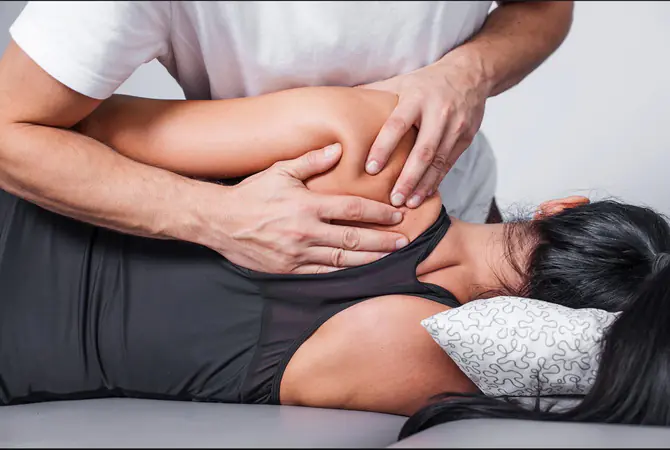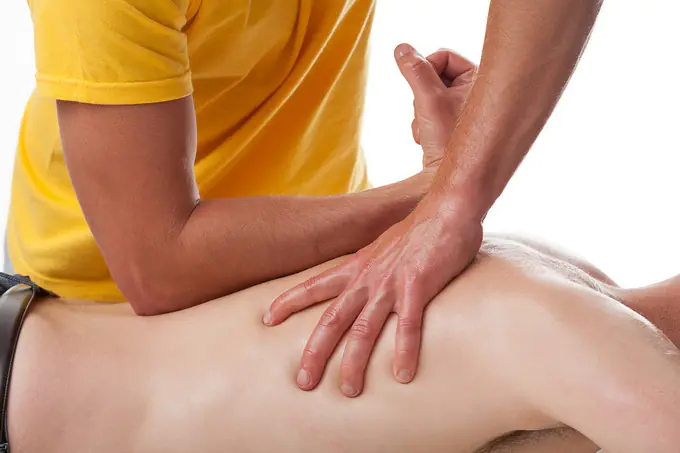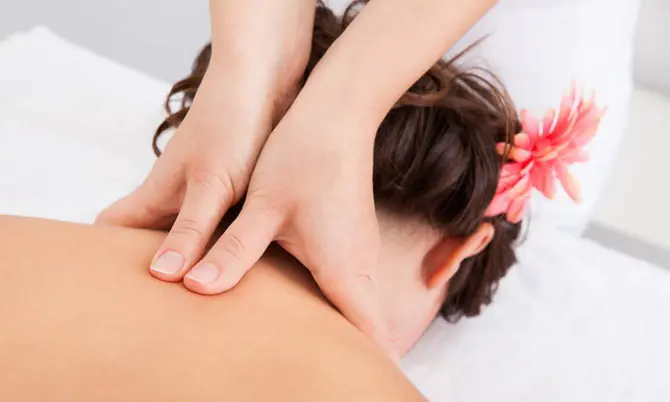Have you recently been struggling with workplace stress or perhaps dealing with an accidental injury while seeking a solution? The answer often lies in a therapy as old as time itself: massage.
Massage therapy involves manual manipulation of the body's soft tissues, including muscles, tendons, ligaments and connective tissues. It runs the gamut from gentle stroking to firm, deep pressure. Recognized as a complementary and alternative form of medicine, massage plays an important role in the treatment of various musculoskeletal conditions.

The techniques used during massage help improve circulation in congested areas, reducing pressure and allowing fresh blood flow. Sessions typically last between 60 and 90 minutes, providing a feeling of relaxation and ease during and after therapy.
Massage serves many purposes, including reducing stress and anxiety, relieving pain, rehabilitating injuries, relaxing muscles, and improving overall well-being. Consequently, massages are no longer limited to spas and clubs; hospitals, private clinics and various businesses are now offering this alternative medicine to improve people's health.
How to make your own massage oil? We have the best recipes.
Read about kneading, the main technique in massage, in this article.
Massage has proven to be an effective treatment for relieving stress, pain and muscle tension, and has steadily grown in popularity over the years. However, the myriad variations of massage often confuse people. This article looks at the most common types to help determine which one is best for you.
Swedish massage
Swedish massage, the most common type of massage, uses techniques such as long strokes, vibration, kneading, tapping and deep circular movements. Typically, it involves delivering long, glancing blows that follow the direction of blood flow to the heart.

The main goal of Swedish massage is complete relaxation of the body, accompanied by numerous benefits such as increased energy, improved circulation, reduced muscle toxins, increased blood oxygen levels and increased flexibility.
The procedure begins with warming up the muscles and connective tissues with smooth, sweeping movements called rubbing. The therapist assesses muscle tension and distributes lotion or oil throughout the body. The deeper tissues are then treated with heavier movements known as petrissage, targeting knots and tight muscles.
If you are looking for peace and comfort, Swedish massage is an ideal choice over more intense deep tissue massages and sports massages, which are primarily designed to relieve knots and severe muscle tension.
Deep tissue massage
Deep tissue massage specifically targets the deeper layers of muscle and connective tissue using techniques similar to Swedish massage, but with stronger strokes to relieve chronic muscle tension. It has proven effective in treating muscle damage due to injury and helps flush out lactic acid from tissues.

Although some people report muscle soreness the day after a deep tissue massage, this is a natural reaction and indicates waste products are being removed from the tissue.
Shiatsu massage
Originating in Japan, shiatsu, translated as “finger pressure,” involves applying pressure to various points on the body with the thumbs, elbows, hands, knees or feet. Shiatsu also involves stretching and rotating joints and has its roots in Traditional Chinese Medicine (TCM), which uses concepts of qi and meridians that are different from the Western concept.

Shiatsu helps reduce fatigue and muscle tension, improves the functioning of the lymphatic system and blood circulation, and also helps cope with insomnia, headaches and stress. It also helps heal stiff necks, back pain and sprains.
Sports massage
Designed specifically for people who are active in sports, whether recreationally or professionally, sports massage is very similar to deep tissue massage. Therapists who specialize in sports massage have expertise in sports-related injuries, allowing them to address specific pain and sports-related issues.

Sports massage is a vital component of athletes' balanced training, providing a variety of benefits such as increased endurance, increased flexibility, reduced recovery time and fatigue, and optimally prepares the body and mind for peak performance.
Is one session enough?
From a practical point of view, a single hour-long massage session rarely produces lasting results. For example, muscle tension accumulates over time, requiring longer efforts to resolve it. In addition to regular massage, effectively relieving muscle tension requires a holistic approach that includes posture awareness, exercise, and relaxation techniques.
Moreover, one session can make a significant difference, especially for competitive athletes, providing immediate stress relief and rejuvenation. Regardless of the type of massage you choose, communication with your therapist is key. Feel free to express your preference for a lighter or firmer pressure to ensure the most satisfying experience.
If you haven't tried massage yet, it's never too late to start this journey. The countless health benefits of massage go beyond just pampering; they take your health and well-being to new heights. Massage is an investment in your vitality, whether you are an athlete or just a person seeking physical and mental rejuvenation



